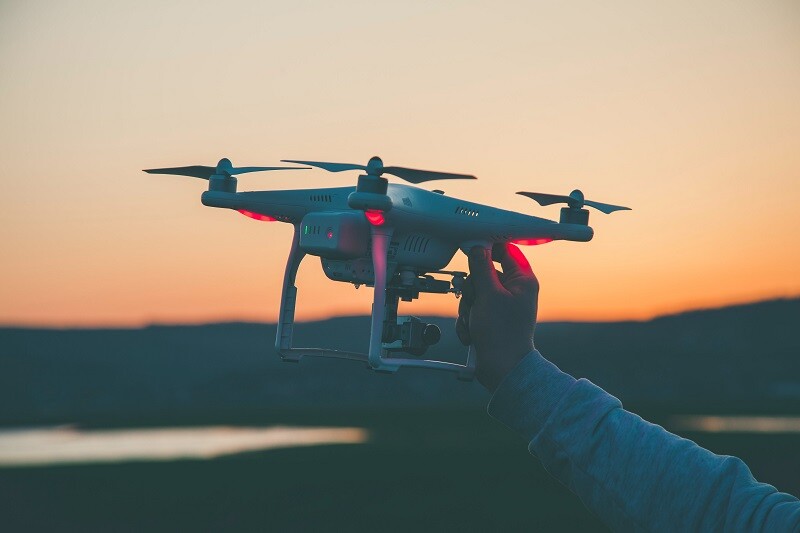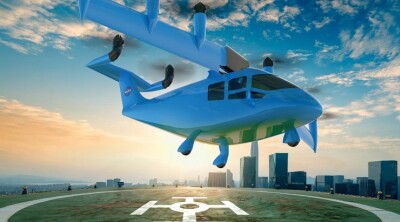For our latest “Around the Commercial Drone Industry” news round-up, we look at how the Union Pacific Railroad is using drones for inspections, mosquito control operations by UAV, and research that uses racing drones to plan space missions.
Railroad deploys drones for inspections, auditing, and analysis
The Union Pacific Railroad reported on the many ways it is using drones in its operations. According to a report in the company’s “Inside Track” publication, Union Pacific is “leveraging technology to support safe operations from every viewpoint – on its tracks, inside its locomotives and hundreds of feet off the ground with its drones.”Top of Form
A company spokesman reported that the railroad is “conducting yard and industry audits to performing storm assessments and analyzing derailments.” At present, Union Pacific has 250+ employees who are certified to fly drones, and “another 42 pilots are in training.” Based on the success of their drone operations, Union Pacific plans to add more operators over the next year.
UAVs replace people for mosquito mitigation
Florida-based Leading Edge Aerial Technologies has found international success in using spray drones for mosquito control. According to a news report, Leading Edge deploys its PrecisionVision 40X UAV for “applying granular materials, liquid, Ultra Low Volume and multispectral/LIDAR imagery” in the service of pest mitigation. Operating throughout the US and in Australia, Leading Edge drones “are leased or sold to counties and operate in areas as small as one acre or as large as 250 acres, typically in places where houses are being built.” The company’s CEO stated his firm’s drone-based approach to mosquito control “is 12 times faster than conventional methods” such as going into marshes and spraying the area with a backpack blower.
Racing drones help space researchers
Aerospace Testing International reports that “Researchers from the European Space Agency are racing drones at Delft University of Technology in the Netherlands to test the performance of AI control systems for space missions.” At the school’s “Cyber Zoo,” racing drones compete to achieve the best time through a set course withing a 10x10m (33 x 33ft) test area, and quadcopters controlled by human operators are “alternated with autonomous counterparts with neural networks trained in various ways.” The races, according to a researchers involved in the project, help explored the “use of trainable neural networks for the autonomous oversight of all kinds of demanding spacecraft maneuvers, such as interplanetary transfers, surface landings and dockings.”















Comments